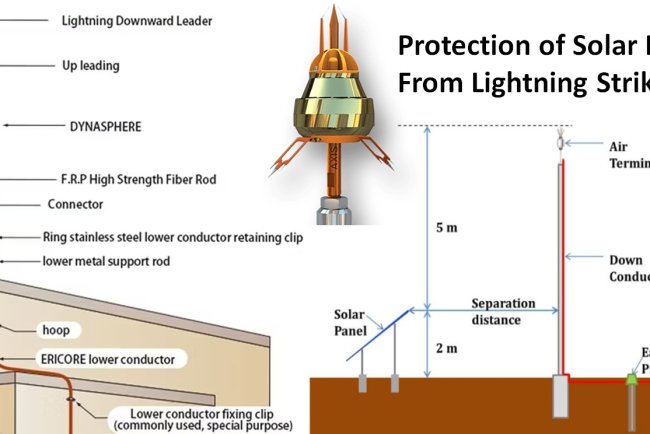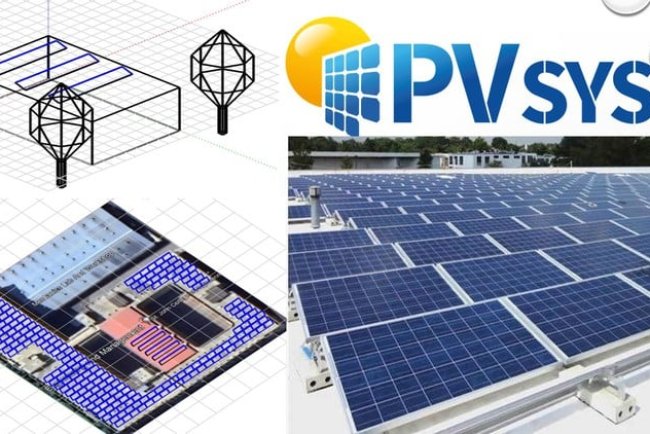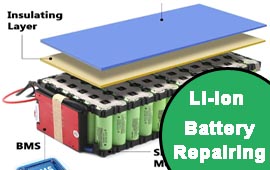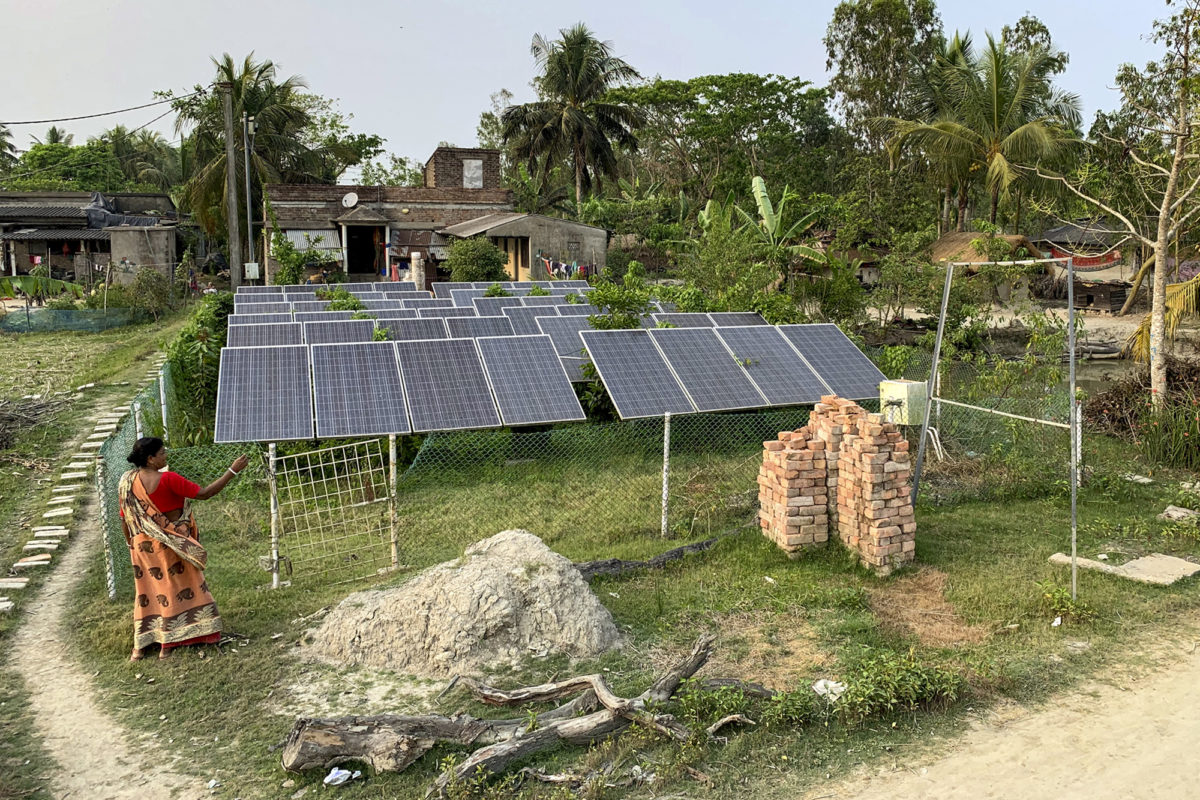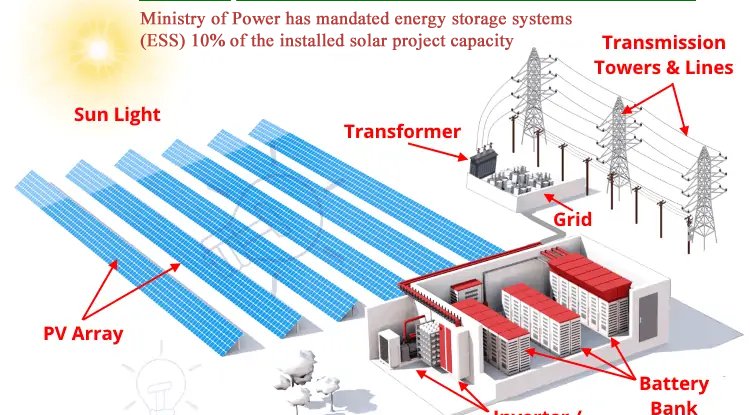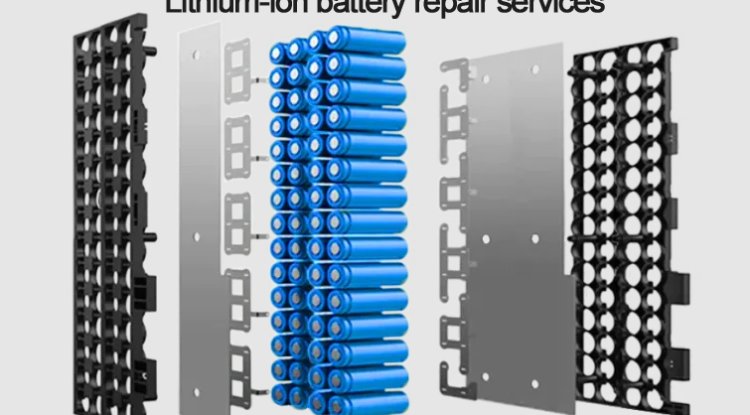Know more to get PM Surya Ghar Yojana
PR Newswire: Key consumer awareness points include the eligibility criteria, how to register and apply for the subsidy through the official portal at pmsuryaghar.gov.in, and understanding the importance of having proper documentation and a valid electricity connection. Awareness efforts also aim to address challenges like financing and slow subsidy disbursement.
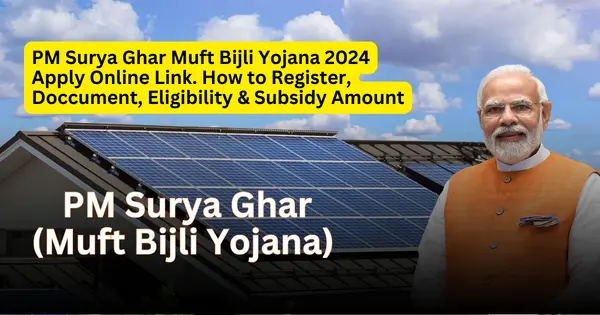
PM Surya Ghar Yojana Consumer awareness
Rooftop solar remains a relatively new concept for most Indian households. The Government of India’s initiative to convert rooftops across the country into a significant solar energy resource marks a strategic move towards long-term energy security and self-reliance.
As of July 2025, India had collectively installed about 11 GW of residential rooftop solar capacity, of which about 4.9 GW has been added under the PMSGY. This accounts for approximately 44.5% of the country’s total residential rooftop capacity, achieved in just over a year of the scheme’s launch.
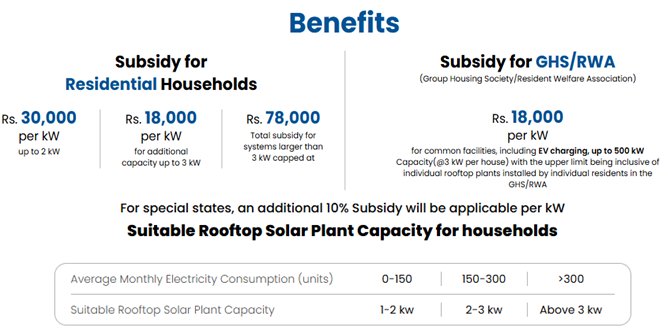
The subsidies provided under PMSGY for rooftop solar installations have significantly reduced the
payback period to 30 months for 3 kW rooftop solar systems, in contrast to approximately 54 months in the absence of any subsidy support. Where additional state-level subsidies have been introduced, the payback period has been further reduced, as reflected in the figure below. The additional subsidies provided by states are intended to boost rooftop adoption within their respective jurisdictions.
To accelerate residential rooftop solar (RTS) deployment, several Indian states have implemented
financial incentives that either supplement the central subsidy or independently support consumers. States like Assam, Delhi, Goa, Uttar Pradesh, and Uttarakhand have introduced direct capital subsidies to offset high upfront installation costs. These subsidies are either offered as a fixed amount (ranging between INR 10,000-20,000 per kW) or as a percentage of the
total system cost (ranging from 50% to 80%). The subsidies provided under PMSGY for rooftop solar installations have significantly reduced the payback period to 30 months for 3 kW rooftop solar systems, in contrast to approximately 54 months in the absence of any subsidy support.
Challenges of PMSGY
Residential owner side barriers
Low awareness:
Residential owner's limited awareness continues to be a significant barrier, as seen in the following areas:
- Low consumer awareness about the financial benefits, subsidy structure, and long-term
savings from rooftop solar. - Concerns about high upfront costs, complex application procedure and heavy maintenance
under PMSGY, which are largely misconceptions. Subsidies and low-interest loans reduce
costs, the National Rooftop Portal simplifies approvals, and vendors provide multi-year
maintenance. - Limited grassroots outreach with inadequate regional-language marketing and a lack of
enough demonstration projects in rural/semi-urban areas. - Customers’ heavy dependence on installers’ guidance, which stems from low awareness,
price-driven choices. - Added paperwork for DISCOM approvals and subsidy claims further pushes most households to let installers manage the entire process.
- limited access to affordable financing, particularly for lower- and middleincome
segments. This persistent financing gap is a critical barrier for household-level adoption and achieve the ambitious targets of PMSGY. - The government has set a target of completing rooftop solar approvals and commissioning within 30 days, 15 days for technical feasibility assessment and another 15 days for system commissioning and net-metering. But practically, approval processes for rooftop
solar systems are stretching anywhere from 45 to 120 days. These delays stem mainly from meter shortages, lack of coordination between consumers, installers, and DISCOMs, and procedural inefficiencies at the utility level. - Local small size installers are producing inconsistent quality and varying system standards as installations scale up, resulting in lower system performance and shorter asset lifespans.
PMSGY procedural reforms
Enhancing total service facilitation
To ensure effective RTS applications required actual installations, state- and district-level O&M, service cells, coordination team between households, EPC (PMSGY vendors) and DISCOMs, providing end-to-end support from application to installation for residential owners.
Pre-installation stage: PV Consultant teams should help households file applications, claim
subsidies and manage coordination during the physical installation stage.
Mid-installation: Vendor selection, contract terms, and quality verification.
Post-installation: Maintenance best practices, panel cleaning methods, solar generation
monitoring, and early fault detection.
The PM Surya Ghar: Muft Bijli Yojana has not officially set a Guinness World Record, but it is recognized as the world's largest domestic rooftop solar initiative. The scheme achieved a historic milestone of installing rooftop solar systems on over 10 lakh (1 million) homes as of March 10, 2025. The ambitious target for the program is to equip one crore (10 million) households with rooftop solar systems by March 2027.
Renewable Energy: Report covers installed capacity & forecasts for renewable energy market to promote and disseminate knowledge of all the various topics and technologies of different renewable energy resources on green and sustainable business,.

